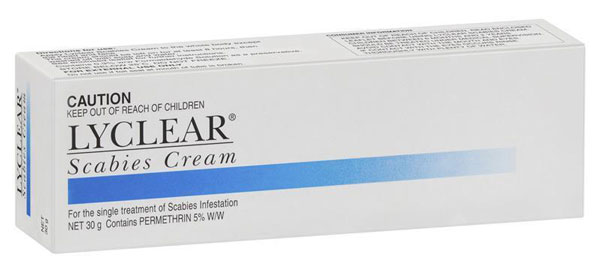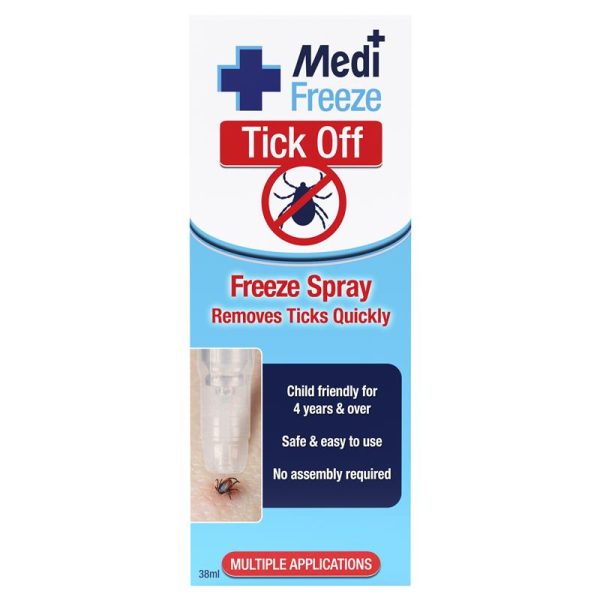Tick bites are a big summer issue. Nothing generates skin-crawling panic in a parent more than finding an ugly, fat tick embedded in the skin of your child. Find out what you can do to protect your family from ticks and what to do if you find one!
NOTE: If you urgently need to remove a tick from your child’s skin, please skip to the end of the article on Tick Bite First Aid.
What are ticks?
Ticks are a member of the arachnid family, closely related to spiders, scorpions and mites. There are many species of ticks in Australia, however, if you live on the North Shore of Sydney then the tick you will encounter 9 times out 10 is the notorious Australian Paralysis Tick (Ixodes Holocyclus), which is flourishing across all parts of northern Sydney. Many people mistakenly believe the tiny ticks that commonly bite in large numbers are “grass ticks” or “seed ticks”. This is not correct – there are no such species. The smaller ticks are actually juveniles of the paralysis tick, and they can cause health problems, just like their adult counterparts.
Why do they bite us?
Ticks are parasites; they bite us to consume our blood as food. Left undisturbed, a tick will stay attached to its victim’s skin, feeding on blood for up to ten days. Female ticks need a “blood meal” three times, while males require two. Their life cycle lasts from 12 to 14 months and they need blood to nourish themselves to progress to each stage of their development. At a female tick’s third blood meal, she gathers the protein to produce her eggs, which can be over 3000! Once they are laid, she dies.
Why are there so many ticks now?

Tick numbers have soared in Sydney in recent years. The reason for this is simple. Bandicoots! Councils have run hugely successful fox-culling programs, and with their primary predator gone, the local bandicoot population has exploded. Bandicoots are ground-dwelling foragers that are immune to tick toxins. Possums, wallabies, large lizards, rabbits and bush turkeys also carry ticks, and all of these animals are thriving thanks to the lack of foxes – which means more ticks.
Tick bites: What are the risks?
- At their mildest, tick bites cause skin irritation, swelling and itchiness that will last for many weeks.
- In children, tick bites are common around the eyes, resulting in swelling that can force the eye shut.
- Some people get fever-like symptoms ranging from short-lived to lasting for years.
- Debate rages over whether we have Lyme disease in Australia or whether it’s a similar condition caused by the tick-borne Borrelia bacteria.
- Red Meat Allergy has become frighteningly familiar, with over 1000 reported cases across northern Sydney. I estimate that one in five of our customers suffers from it. It is brought about from a tick bite and results in life-threatening anaphylaxis when a victim later eats any type of red meat – worst of all, it stays with you indefinitely.
- Paralysis from tick bites kills many dogs and cats yearly but is rare in humans – although children under five are undoubtedly vulnerable. In animals, paralysis begins once a tick has been attached for two to three days, possibly explaining why it’s rare in humans. We are good at explaining when we have a sore, itchy spot and can get it looked at and the tick removed, whereas animals can’t tell us that, so the tick stays put and does its deadly work.
- Other forms of anaphylaxis, “tick typhus”, painful swelling, skin discolouration and even Bell’s palsy are other nasty outcomes of tick bites.
How can I avoid tick bites?
Avoiding bites is the best defence. Unfortunately, ticks enjoy the same outdoor habitats as children do! Leafy, well-planted parts of the garden and shaded areas perfect for cubby houses and imaginative games are also ideal for ticks. Lush, well-watered lawns and richly mulched garden beds are also ideal tick territory.
1. Use an insect repellent
The first line of defence is to use an insect repellent. It must contain either Picaridin or DEET as the active ingredient to repel ticks. To be effective, use it like sunscreen by applying evenly and carefully to exposed skin.
2. Cover kids with clothes and shoes
If you have a tick-prone garden, then getting kids well dressed with shoes, socks, long sleeves, and pants before playing outside will definitely help.
3. Check your child for ticks
It is essential to understand that ticks don’t bite immediately. They crawl around on our skin for up to two hours before they bite so a thorough check of your child – in the bath is ideal – after playing is strongly advised. The neck, scalp, ears, eyes, armpits and genital areas should all be carefully checked along with the more prominent areas. Remember that a juvenile tick may be as small as 1mm long.
4. Kill ticks on clothes in the tumble dryer
Putting clothes that have been worn while in the garden into a hot dryer for 15 minutes will kill any ticks that are attached to them.
5. Get rid of ticks in your garden completely
Of course, you can also use a specialised service that can expertly rid your garden of ticks, which is what they do at TickSafe and The Mozzie Team.
Tick bite First Aid: How do I remove a tick from the skin?
Freeze it, don’t squeeze it!
The number one rule is do not do anything to squeeze, scratch or irritate the tick. Any of these significantly increases the risk of squeezing toxins from the tick into your bloodstream. Please don’t reach for the nearest pair of household tweezers, pull at it with your fingers or start dabbing it with tea tree oil, methylated spirits, nail polish remover or any other home remedy.
How to remove a live tick
For small ticks up to 2-3mm, use Lyclear Scabies Cream, available without a script from any pharmacy. It is used for scabies, a type of mite, and kills the tick while it’s still attached. Apply a pea-sized blob of Lyclear onto the tick without rubbing it, and then leave it alone.
If the tick is larger, you will need another pharmacy product called Medi Freeze Tick Off Freeze Spray. It is a spray that freezes the tick to death instantly.
Removing a dead tick
Associate Professor Sheryl van Nunen is Australia’s leading authority on tick-borne allergies (and famously discovered the link between tick bites and red meat allergy). Her advice on removing a dead tick from the skin (when it’s attached and you don’t want to wait for it to fall out naturally) is to be patient and wait, and that squeezing a dead tick is just as dangerous as squeezing a live one.
However, if waiting is intolerable, you can use very fine, needle-nosed tweezers like jewellers, but it requires an expert hand. Household or eyebrow tweezers are unsuitable as they are not fine enough and will squeeze the tick’s body which you simply must not allow. Make sure you only grip the mouth part of the tick and never the body. Use extreme caution and seek medical attention from someone who is up-to-date on the recommended techniques – some doctors may not be.
Also, note the date of any tick bite in a diary and then remain alert to any unusual symptoms over the next few weeks and seek immediate medical attention if any symptoms develop.














